10 Foods You’re Wasting Your Money On Without Realizing It
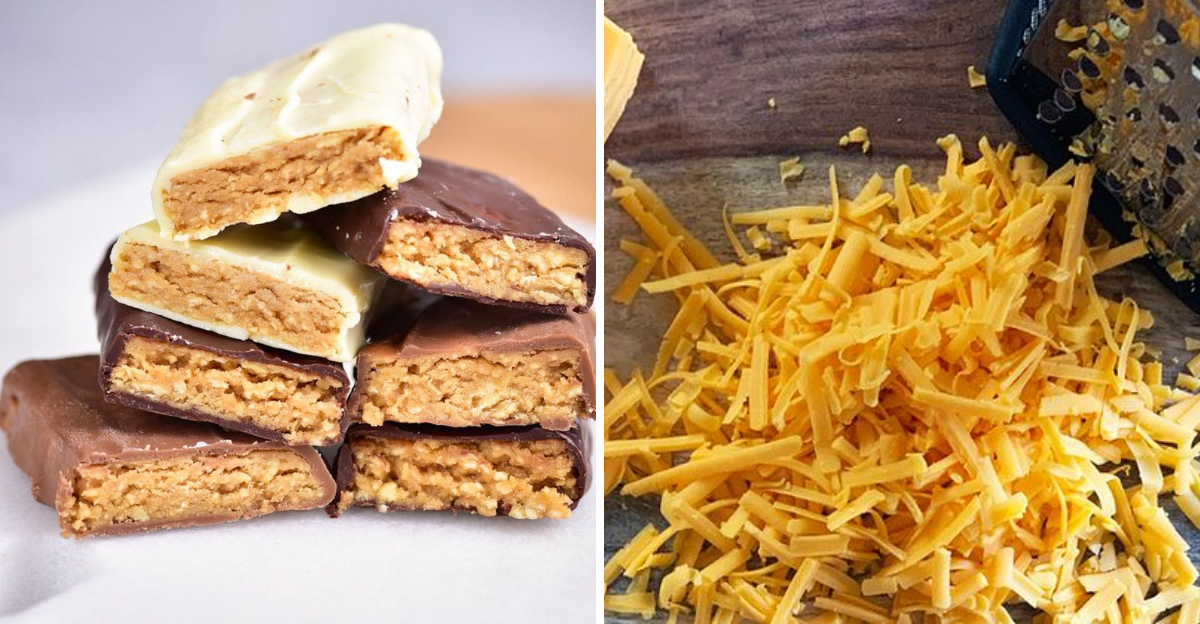
They might seem convenient or trendy—but your wallet (and sometimes your health) deserves better. Grocery stores are full of products that seem like must-haves. But some of them come with inflated price tags, unnecessary packaging, or less value than you think. Here are 10 popular foods that might be draining your budget without giving much in return—and what to choose instead.
1. Pre-Cut Fruits and Veggies
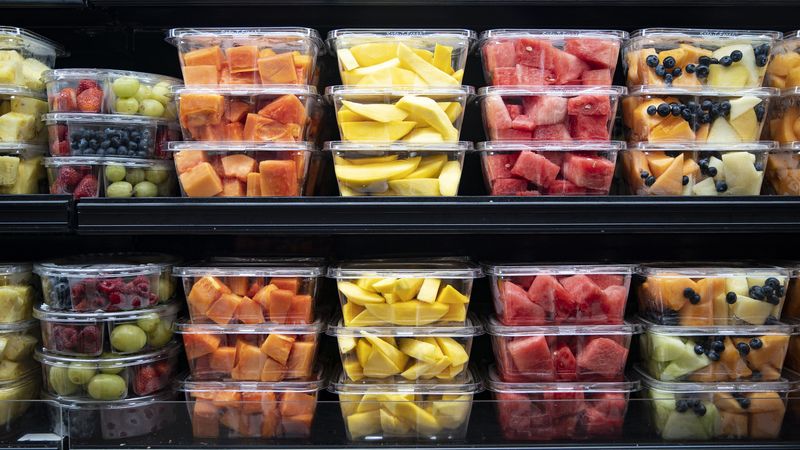
Pre-cut fruits and veggies are a convenience many busy shoppers can’t resist, but this convenience comes at a steep price. While they offer time-saving benefits, these products are often marked up significantly compared to their whole counterparts.
Not only are you paying a premium for someone else to do the chopping, but pre-cut produce tends to spoil more quickly due to increased exposure to air and bacteria. In the grand scheme, buying whole fruits and vegetables and cutting them yourself is a more economical and longer-lasting option.
Next time you shop, consider the savings and freshness of doing it yourself.
2. Bottled Smoothies

Bottled smoothies may seem like a healthy grab-and-go option, but they often pack a punch to your wallet and waistline. These beverages are typically high in added sugars and come with a price tag that exceeds their nutritional value.
The branding and convenience allure many into purchasing these drinks regularly, yet making a smoothie at home provides better control over the ingredients and significantly cuts costs.
For those short on time in the morning, preparing a batch ahead and storing it in the fridge can save both money and unnecessary calories.
3. Single-Serve Coffee Pods
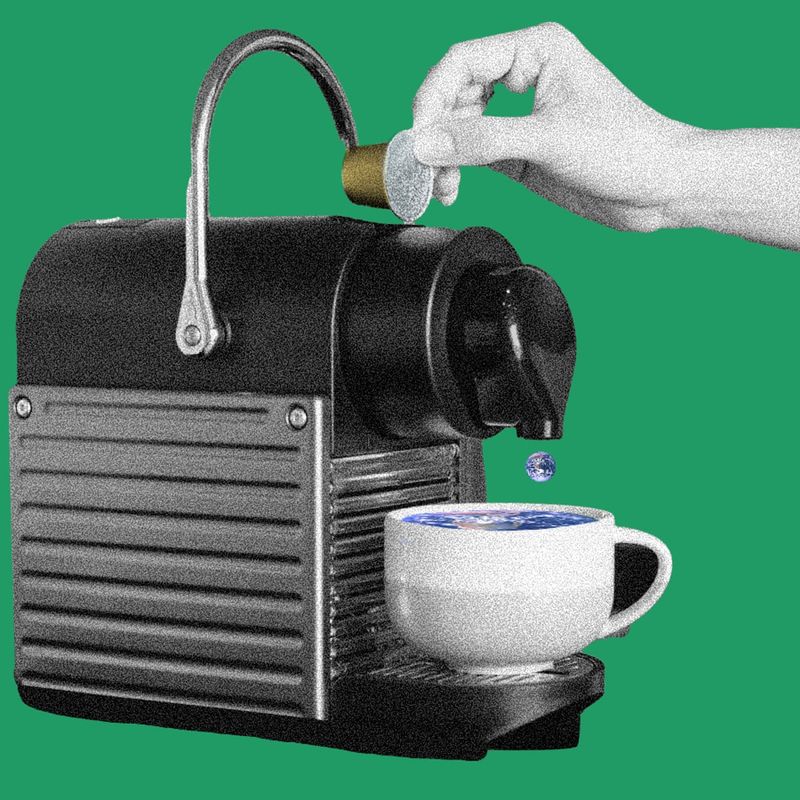
Single-serve coffee pods offer a quick caffeine fix, but their convenience hides a costly secret. When calculated per cup, these pods can be up to four times more expensive than brewing coffee through traditional methods.
Additionally, the environmental impact of the plastic waste generated is a growing concern. Investing in a good French press or drip coffee maker not only saves money but is kinder to the planet.
For a richer, more sustainable coffee experience, consider brewing your own, savoring the process as much as the taste.
4. Gourmet Flavored Water
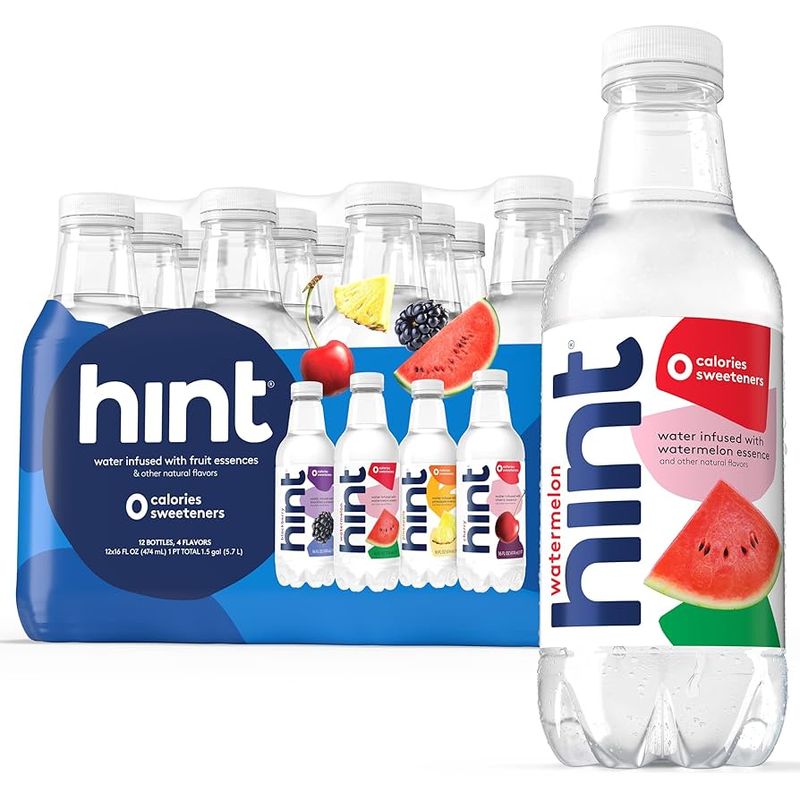
Gourmet flavored water is often marketed as a health-enhancing choice, but a closer look reveals mostly marketing fluff. These drinks, often labeled as detox or vitamin water, contain added sugars or artificial ingredients.
The cost-to-benefit ratio is skewed, considering plain water with a squeeze of lemon offers similar refreshment and hydration without the hefty price. Homemade infused water, using fresh fruits and herbs, is a flavorful and cost-saving alternative.
Enjoying nature’s hydration doesn’t have to come at a premium—your body and budget will thank you.
5. Name-Brand Spices
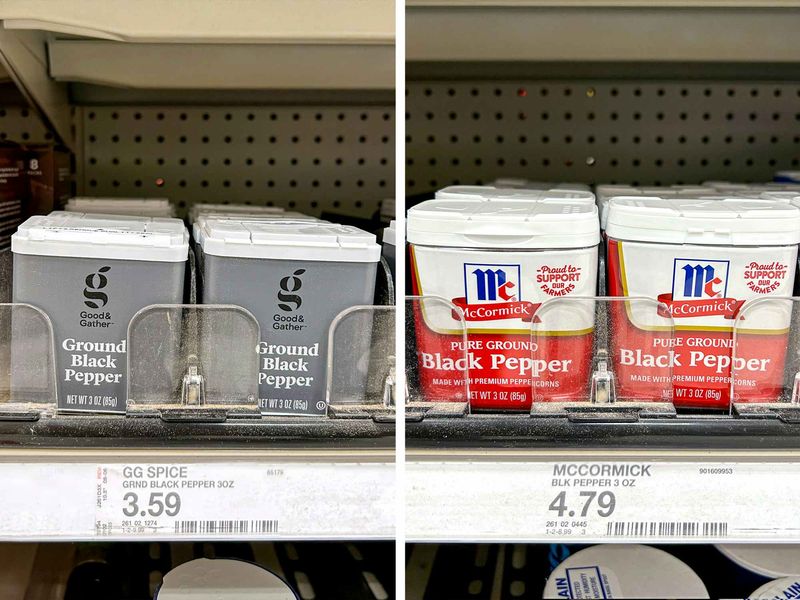
Name-brand spices are a sneaky drain on your grocery budget. Often occupying prime shelf space, these spices cost significantly more than their generic counterparts, despite having similar quality and flavor.
Generic spices can be found in bulk and offer the same taste for cooking at a fraction of the price. By opting for store-brand or bulk spices, you can enrich your dishes without impoverishing your wallet.
Next time you need a dash of flavor, reach for the generic brand and watch your savings grow.
6. Salad Kits
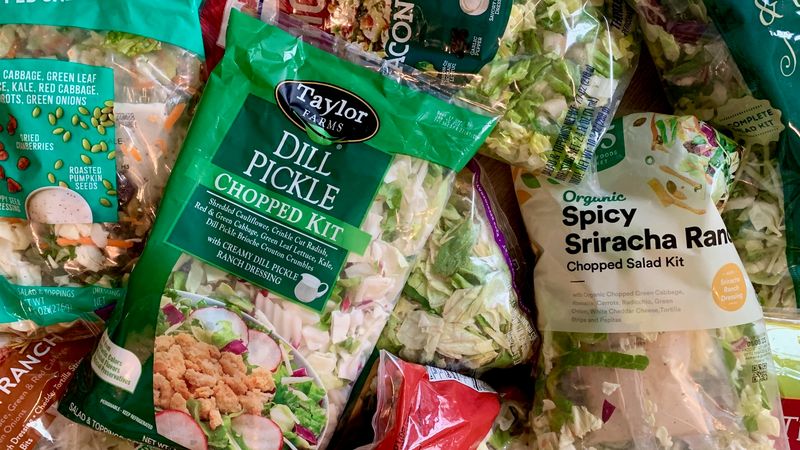
Salad kits simplify meal prep, but they come with a hidden cost—both financially and nutritionally. While they provide convenience, these kits are often laden with sugary dressings and low-quality toppings that don’t justify the price.
Creating your salad with fresh greens and pantry staples can result in a healthier, more personalized meal. The savings add up, especially if salads are a regular part of your diet.
By preparing your salads, you control the quality and quantity, ensuring a meal that’s both satisfying and economical.
7. Instant Oatmeal Packets
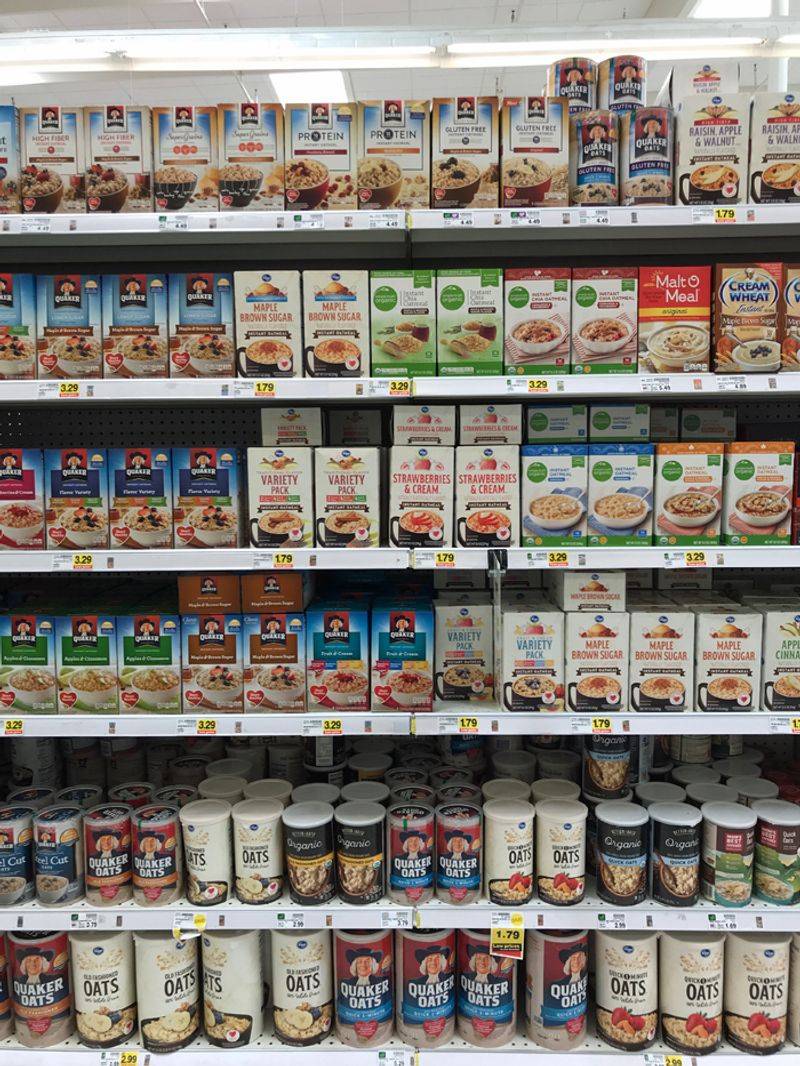
Instant oatmeal packets are a breakfast staple for many, yet they come with a stealthy markup. While they offer quick preparation, they cost significantly more per serving than buying oats in bulk.
Moreover, these packets often contain added sugars and artificial flavorings that detract from their nutritional value. By buying plain oats and adding your toppings, you save money and enjoy a healthier start to your day.
The simplicity and control of homemade oatmeal make the extra minutes worth every penny saved.
8. Frozen Smoothie Packs
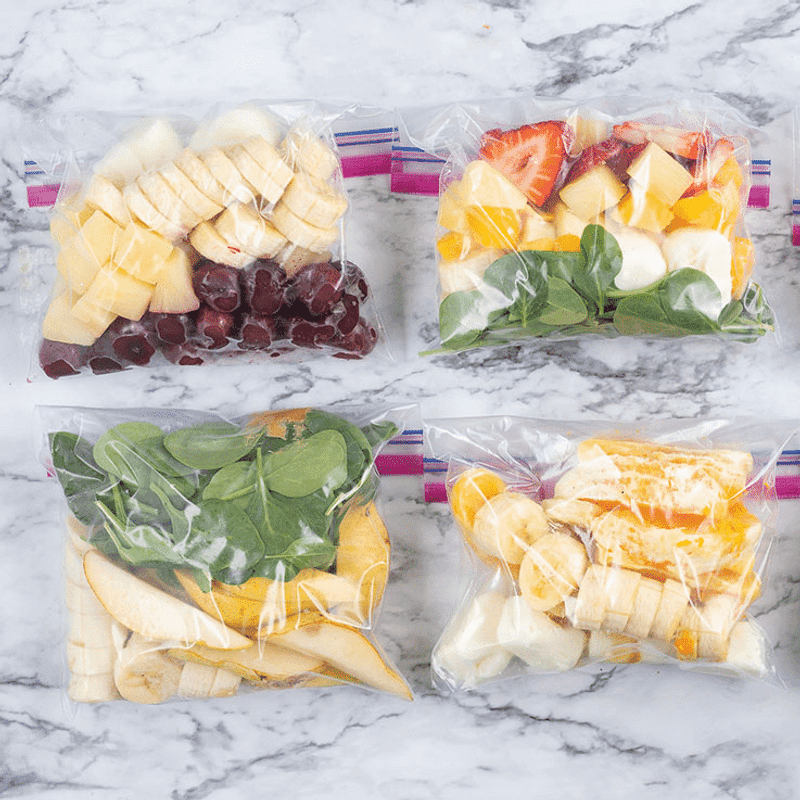
Frozen smoothie packs promise a no-fuss approach to nutrition, but their convenience may not justify the cost. These packs are often more expensive and offer less product than buying the ingredients separately.
Purchasing frozen fruits and greens individually provides greater flexibility in portion control and variety, enhancing both your smoothie experience and your budget.
Crafting your smoothie blends allows for creativity and cost savings, proving that convenience doesn’t always equal value.
9. Protein Bars
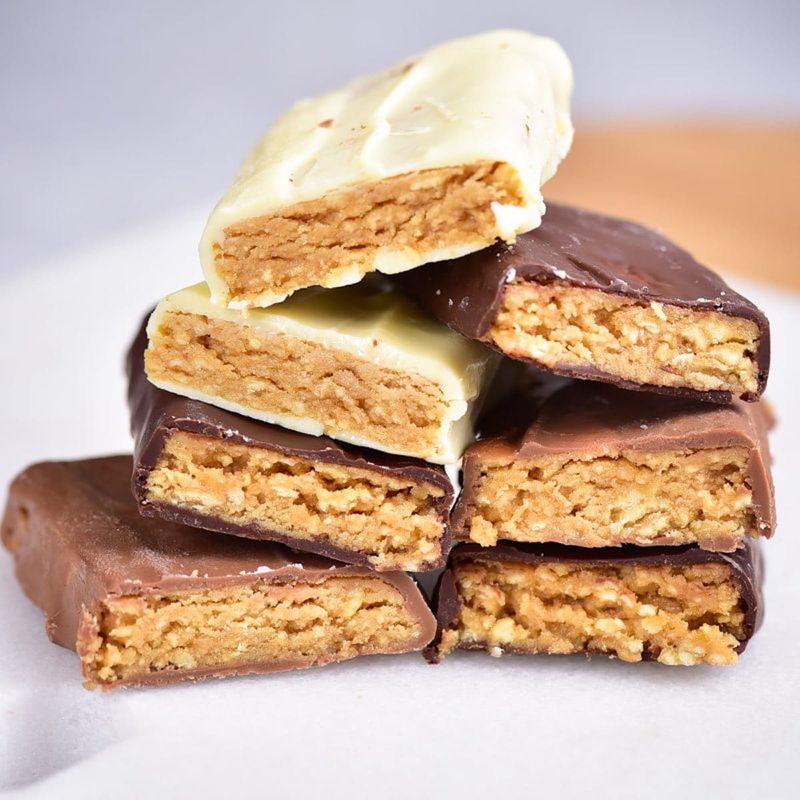
Protein bars are marketed as a healthy, convenient snack, but they often fall short of expectations. Despite their glossy packaging and health claims, these bars can be overpriced and filled with sugars and preservatives.
Alternatives like hard-boiled eggs or a handful of nuts offer more balanced nutrition at a fraction of the cost. Homemade snack options allow for better ingredient control, ensuring quality and cost-effectiveness.
Next time you reach for a quick protein fix, consider a natural option that respects both your body and budget.
10. Pre-Shredded Cheese
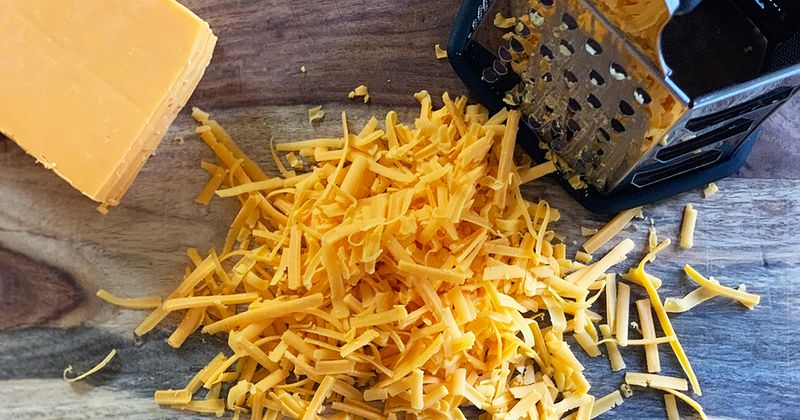
Pre-shredded cheese might seem like a kitchen hack, but it comes with hidden drawbacks. You’re paying extra for the convenience of having your cheese pre-shredded, along with added starch and preservatives to prevent clumping.
A block of cheese is often cheaper and offers superior meltability and flavor. Grating cheese yourself might take a bit more effort, but the taste and texture benefits are worth it.
Next time you’re in the dairy aisle, opt for the block—you’ll save money and enjoy a fresher culinary experience.
